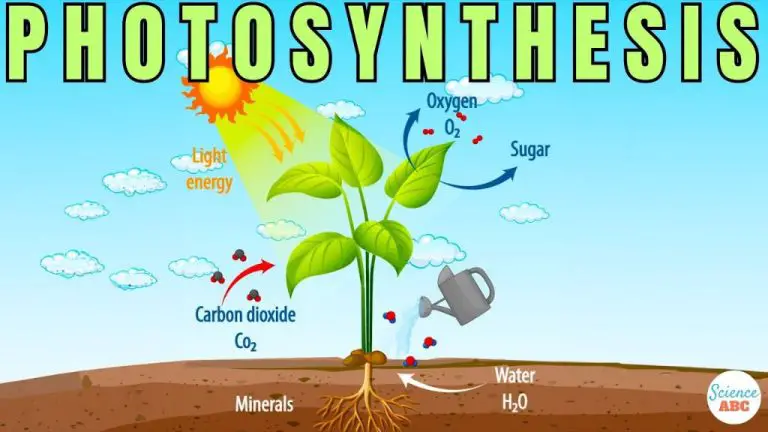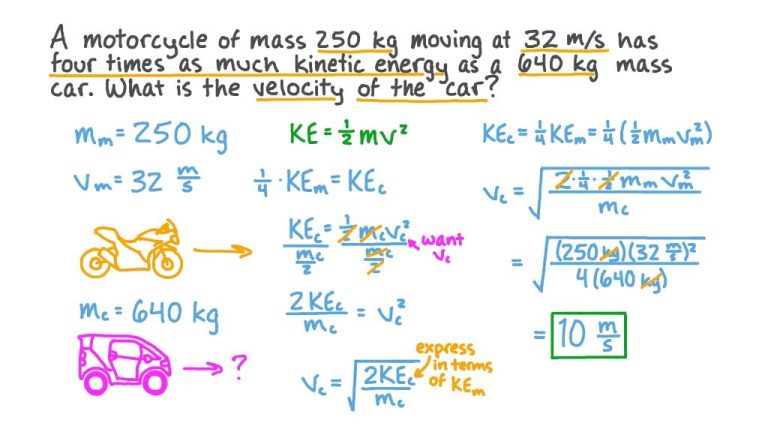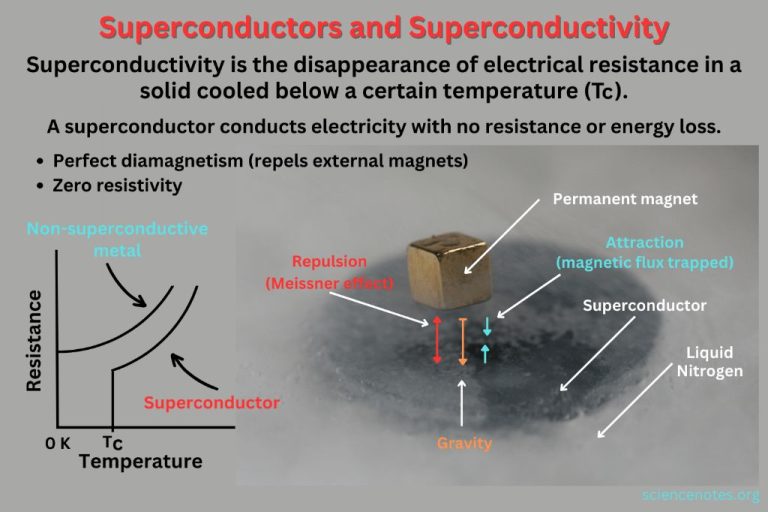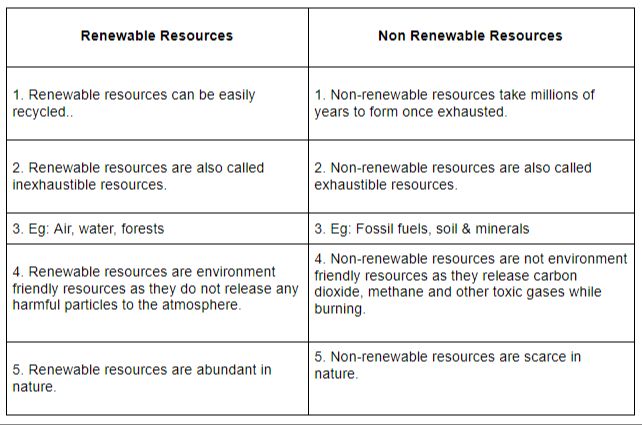What Is Kwh Used To Measure?
An kilowatt-hour (kWh) is the standard unit used to measure energy consumption or usage for electric power. A kWh represents the amount of electrical energy used by a device or an entire home or business over the period of one hour at the rate of 1000 watts. kWh is thus a metric for quantifying electric energy consumption.
Electricity Usage
The kilowatt-hour (kWh) is a unit of energy used to measure electricity consumption. Electric utility companies bill their customers based on the number of kilowatt-hours used each month. The kWh allows energy usage over time to be quantified in an easy to understand way for billing purposes.
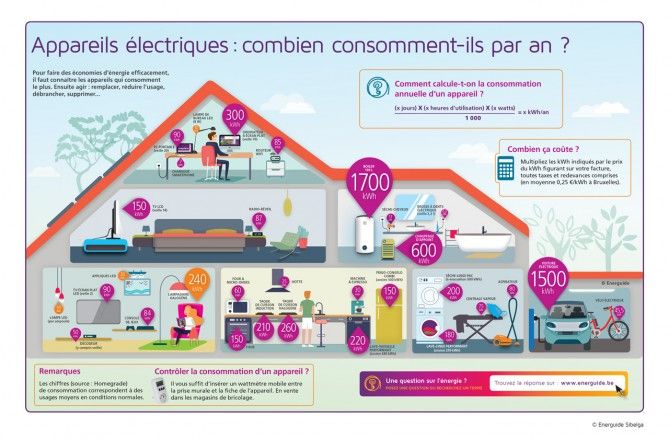
When you use any electric appliance or device in your home or business, it consumes a certain amount of power. Power is measured in watts. If you use a 100 watt light bulb for one hour, you have used 100 watt-hours (Wh) of energy. But your electricity usage is generally measured in larger quantities over longer periods. This is where the kWh comes in handy.
A kilowatt-hour represents the amount of electricity needed to keep a 1,000 watt appliance running for one full hour. Or to keep a 100 watt appliance running for 10 hours. Or a 10 watt appliance running for 100 hours. Regardless of the wattage and duration, the total amount of energy used over time is measured in kWh.
On your utility bill, your electricity usage will be listed in kWh for the billing period along with the rate per kWh. Your total due is calculated by multiplying the kWh used by the rate per kWh. So the kWh allows easy measurement and billing of your electricity consumption over time.
Home Appliance Usage
When trying to reduce your home’s energy costs, it helps to know which appliances use the most kWh. Fridges, air conditioners, water heaters, and electronics like TVs tend to be among the biggest energy users.
On average, a refrigerator uses around 500-700 kWh per year. Newer Energy Star certified models can use as little as 300 kWh annually. Running the fridge accounts for up to 15% of a household’s electricity use.
Air conditioners require the most kWh of any home appliance. A central AC system uses over 3,000 kWh yearly. Even a small window unit cooling just one room can use over 1,000 kWh annually if run often.
Electric water heaters consume around 4,500 kWh per year to heat water. Switching to a solar water heater or heat pump model can drastically reduce this energy demand.
Large flatscreen TVs can use over 300 kWh annually if left running for hours daily. Gaming consoles, computers, monitors and other electronics also contribute to home electricity use.
Understanding how much power everyday appliances require helps identify areas to cut down usage. Simple things like adjusting the thermostat, replacing old models or turning off electronics when not in use conserves kWh and saves money.
Business and Industry
Businesses and industries use large amounts of electricity to power their operations. Manufacturing plants run machinery and assembly lines that require significant energy input. Data centers contain rows of servers and equipment that need constant power to operate. kWh is the standard unit used to measure electricity consumption in the commercial and industrial sectors.
A typical US manufacturing facility may use over 100 million kWh annually. Major industrial plants like steel mills and oil refineries can consume well over 1 billion kWh per year. Data centers for tech companies like Google, Amazon, and Facebook can each use multiple billions of kWh. The electricity needs are enormous to run the computer servers 24/7.
Tracking kWh usage allows businesses to monitor electrical costs, which are a major expense. Large facilities will employ engineers and energy managers to optimize energy efficiency and reduce kWh consumption where possible through lighting retrofits, upgraded HVAC systems, and installation of variable frequency drives on motors. Many companies are also turning to onsite solar power or renewable energy credits to offset electricity usage.
Environmental Impact
The carbon footprint of electricity consumption can be measured in kWh. Burning fossil fuels like coal and natural gas to generate electricity releases greenhouse gases like carbon dioxide into the atmosphere. The more kWh of electricity used, the higher the carbon emissions. An average home in the United States uses about 10,400 kWh per year, resulting in nearly 5 tons of carbon dioxide emissions.
As global electricity demand rises, so too do greenhouse gas emissions that contribute to climate change. But measuring home and business energy use in kWh provides an easy metric to determine associated carbon emissions. This can help motivate reduced energy consumption through efficiency and conservation. Utility companies are also transitioning to renewable energy sources like solar and wind that have lower carbon footprints per kWh generated. Widespread adoption of electric vehicles charged by renewable electricity sources can also help reduce transportation emissions. Overall, the kWh is an important tool to benchmark and lower electricity’s environmental impact.
Cost Savings
Reducing your kWh usage can lead to significant cost savings on your electricity bill. Here are some tips to decrease your kWh consumption and save money:
-
Replace incandescent light bulbs with LEDs which use 75% less energy. This can lower lighting costs by hundreds of dollars per year.
-
Unplug devices and electronics when not in use to avoid phantom load. This wasted standby power can cost up to $100 annually.
-
Use a power strip to turn off multiple devices at once. Simply flipping the switch can conserve electricity and dollars.
-
Seal air leaks around windows and doors to improve insulation. Proper weatherproofing can trim heating and cooling costs by up to 20%.
-
Set thermostats to 78° F in summer and 68° F in winter to optimize energy efficiency. Each degree change could save 3-5% on bills.
-
Run large appliances like dishwashers and washing machines only when fully loaded. This avoids unnecessary cycles which waste energy.
With some simple changes, you can lower your kWh usage substantially. Monitor your meter to quantify the real savings you achieve over time.
Smart Meters
Smart meters are the next generation of energy meters being installed in homes and businesses to track electricity usage. They differ from traditional meters in a few key ways:
First, smart meters record energy usage in much more granular detail – typically in 15-minute increments. This allows consumers to track their kWh consumption throughout the day to identify peak usage times and patterns.
Second, smart meters communicate this usage data wirelessly to utility companies. This automates the meter reading process so consumers no longer have to submit readings manually. It also allows utilities to monitor the grid in real-time and detect outages instantly.
Finally, smart meters enable two-way communication between the meter and utility. This allows utilities to perform tasks remotely, like tracking voltage levels or turning service on/off without a truck roll. The constant stream of data also enables customized billing options, like time-of-use pricing.
For consumers, the kWh measurements from smart meters provide unprecedented visibility into home or business energy use. This empowers people to identify opportunities to shift or reduce usage and save money on electric bills in the process.
Solar Power
The amount of electricity generated from solar photovoltaic (PV) systems is commonly measured in kilowatt-hours (kWh). This allows homeowners and businesses to quantify how much solar electricity their panels are producing.
For example, on a sunny day a 5 kilowatt (kW) solar PV system may produce 30 kWh of electricity. This means it generated the equivalent of 30,000 watts of power over the course of one hour. Tracking kWh production helps solar system owners monitor the performance and ROI of their investment.
Utility companies also measure solar production in kWh when crediting homeowners through net metering programs. If a home sends 40 kWh of solar electricity back to the grid, the utility credits them for those 40 kWh. Measuring in kWh allows easy comparison with grid electricity consumption.
Overall, kWh is the standard unit used to quantify both solar power generation and general electricity usage worldwide. It provides an easy way to understand and compare how much electricity is being produced or consumed over time.
Global Consumption
Electricity consumption measured in kWh varies greatly around the world. Developed countries with widespread electrification typically have higher per capita consumption compared to developing countries. According to the World Bank, in 2014 the United States consumed over 13,000 kWh per capita. Canada and Iceland consumed over 15,000 kWh. Many European countries such as Germany, the UK, France and Italy consumed 5,000-7,000 kWh per capita. China and Brazil consumed around 3,000 kWh per capita as newly industrialized countries. Developing countries in Africa and parts of Asia often consume less than 500 kWh annually per person due to lack of access and infrastructure. Overall global trends show industrialization and rising standards of living increase kWh usage. Monitoring consumption by kWh allows governments, utilities and consumers to understand energy usage patterns and develop policies for efficiency and sustainability.
Conclusions
Consumption of electricity, measured in kilowatt-hours, is a crucial metric that reflects not only how much energy we use in our day-to-day lives, but also the environmental impact associated with generating that electricity. Tracking and understanding your kWh usage through smart meters and monitoring tools enables more informed energy usage and conservation. For homeowners, businesses, industries, and countries as a whole, being aware of electricity consumption patterns allows for identifying opportunities to use energy more efficiently. This reduces costs and lessens the ecological footprint through decreasing reliance on fossil fuels and other non-renewable resources. As environmental concerns grow, the importance of monitoring our kWh consumption will continue increasing as well. This empowers both individuals and organizations to make better choices that promote sustainability.

